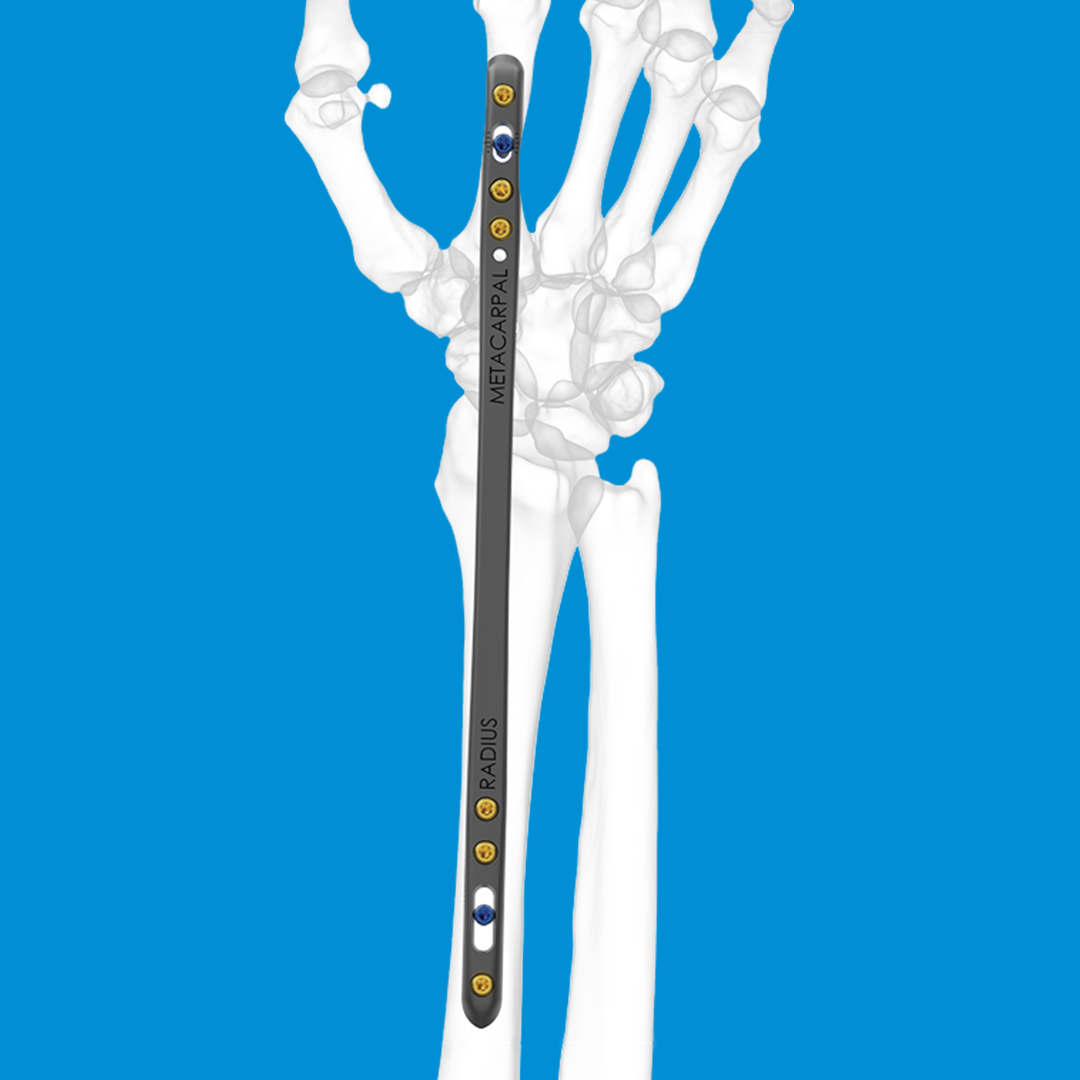

PROTEAN® Fragment Specific Plates
Features
- Designed for intermediate and radial columns
- Modular system for fixation of each fragment
- Anatomically contoured with a low profile
Fragment Specific Plates
The Geminus range of fragment-specific plates works to repair fractures of the intermediate and radial columns in complex cases where surgery is required. The modular system of plates is designed to provide rigid fixation of each fracture fragment and together apply compression from multiple directions. Surgeons have the option to choose from a selection of anatomically contoured plates with a low profile specifically engineered for the radial, intermediate and ulnar columns.
INTERESTED IN PROTEAN® FRAGMENT SPECIFIC PLATES?
If you would like more information regarding Skeletal Dynamics PROTEAN® fragment-specific orthopaedic plates.
Interested in the PROTEAN® Fragment Specific Plates ?
Malleable in three planes
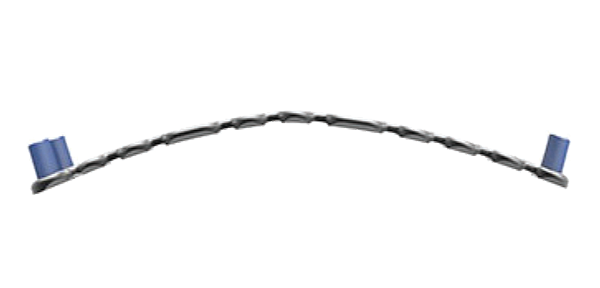
Vertical Plane
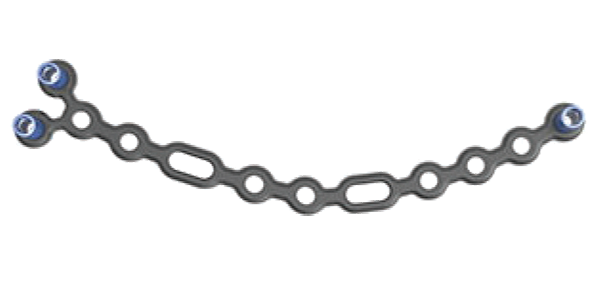
Horizontal Plane
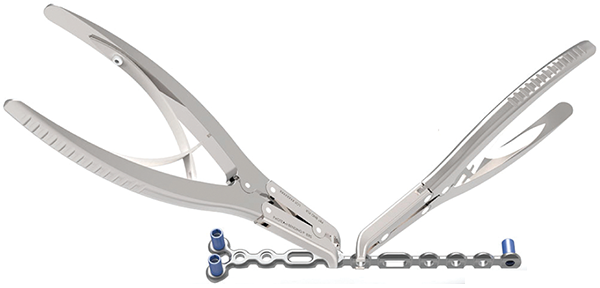
Traverse Plane
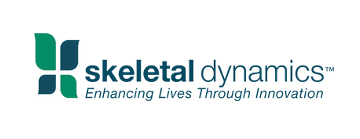
Founded in 2007 by Dr Jorge Orbay, MD, Skeletal Dynamics set out to provide innovative, science-based solutions to solve and understand the clinical challenges of upper extremity surgery and unmet clinical needs. Skeletal Dynamics is the only medical device company that is 100% solely focused on the upper extremities. Distributors of Skeletal Dynamics are selected based on individual integrity, industry experience and clinical knowledge and LEDA is proud to be the leading distributor in the UK for Skeletal Dynamic products including:
- GEMINUS® Distal Volar Plate
- Dorsal Spanning Plate
- PROTEAN® Fragment Plating System
- FREEFIX® Ulna Shortening Plating
- IMPLATE® Wrist Arthrodesis Nail
- FREEFIX® Wrist & Forearm Plating
- REDUCT® Arthrodesis Screw System
Frequently Asked Questions
Fragment Specific Plates (FSPs) are orthopaedic implants used for the fixation of bone fractures. FSPs are designed to be as anatomically specific and match the contours of the bone. This makes them an ideal choice for repairing complex fractures with multiple fragments.
FSPs are commonly used in the treatment of complex fractures such as:
- Periarticular fractures of the distal femur and proximal tibia
- Repair of periprosthetic fractures.
FSPs are designed to fit a particular bone and a specific fracture pattern. This allows for more accurate placement and improved stability of the plate, which can lead to effective healing.
FSPs typically have multiple screw holes that allow for secure screw fixation of the plate to the bone, usually locking screws. The locking screws provide increased stability and reduce the risk of screw pullout.
Skeletal Dynamics fragment-specific are low-profile wrist plates for wrist surgery and provide the surgeon with a selection of anatomically contoured plates that are specifically engineered for the radial, intermediate and ulnar columns.
The intermediate and radial columns refer to two of the three columns of bone in the human forearm:
Intermediate Column
The intermediate column runs along the ulna bone, which is the larger of the two forearm bones. The ulna bone is located on the side of the forearm opposite the thumb and is located closer to the body than the radius bone.
Radial Column
The radial column runs along the radius bone (the smaller of the two forearm bones). Unlike the ulna bone, the radius bone is located on the thumb side of the forearm and runs parallel to the ulna bone.
The lateral column is the third column of bone in the forearm which runs along the radial side of the forearm. All three columns of bone work together to provide stability and support for the forearm and the hand which allows movement of the elbow, wrist, and hand.
